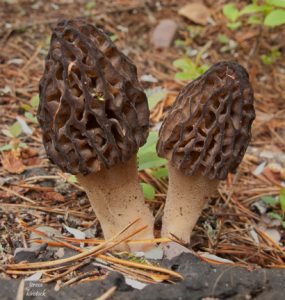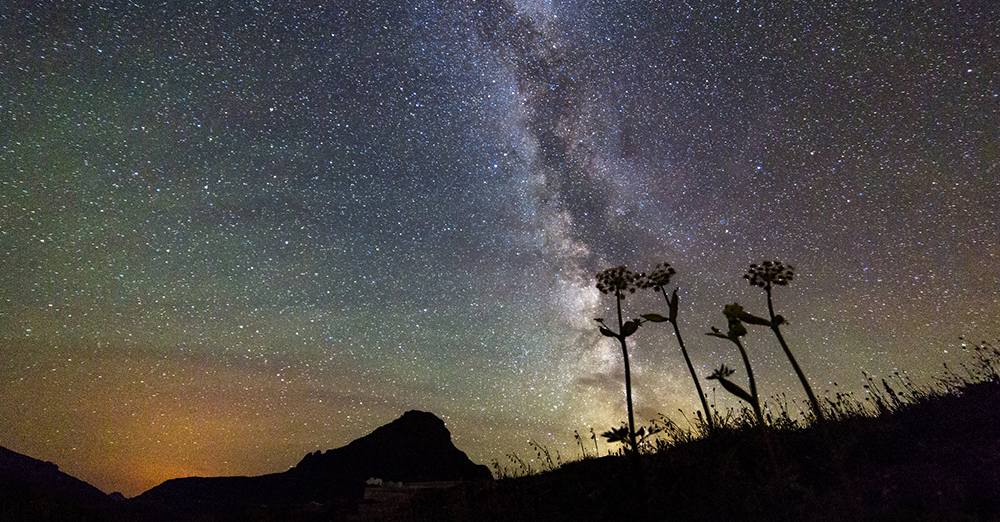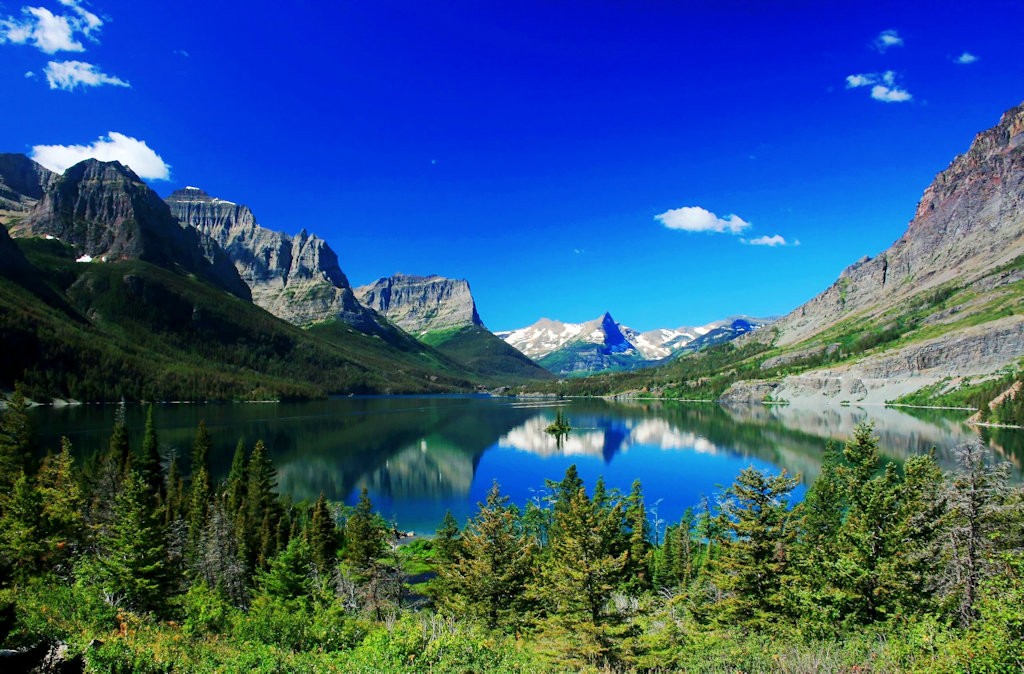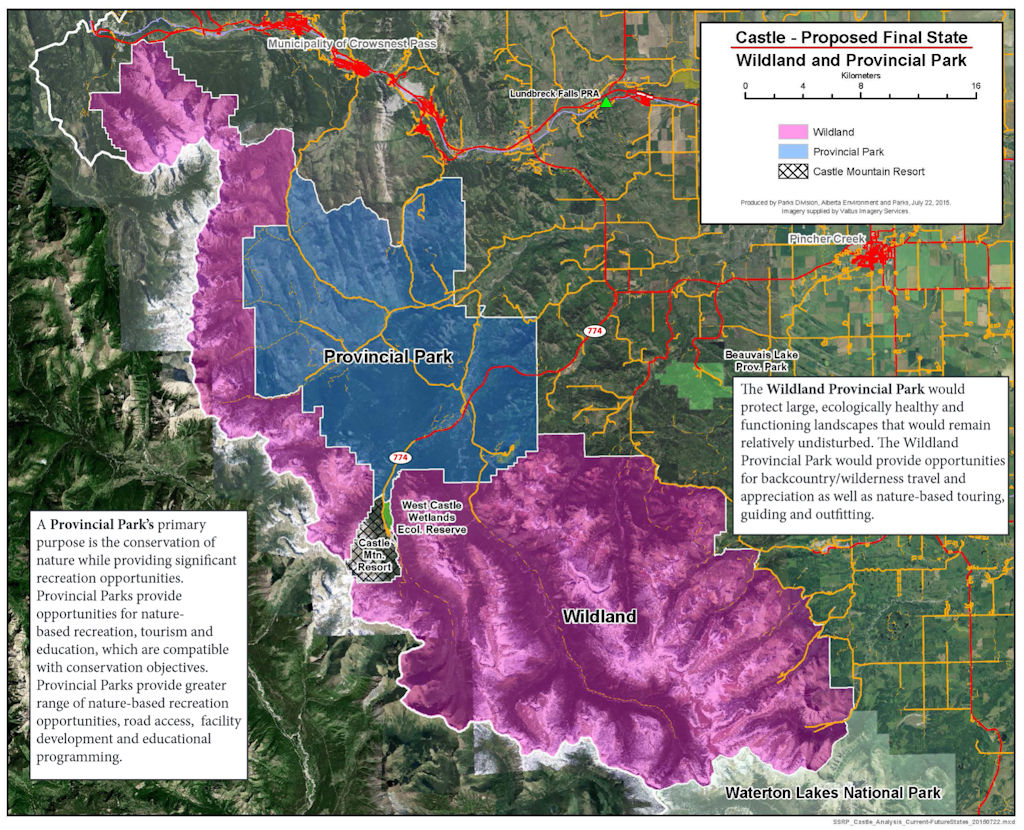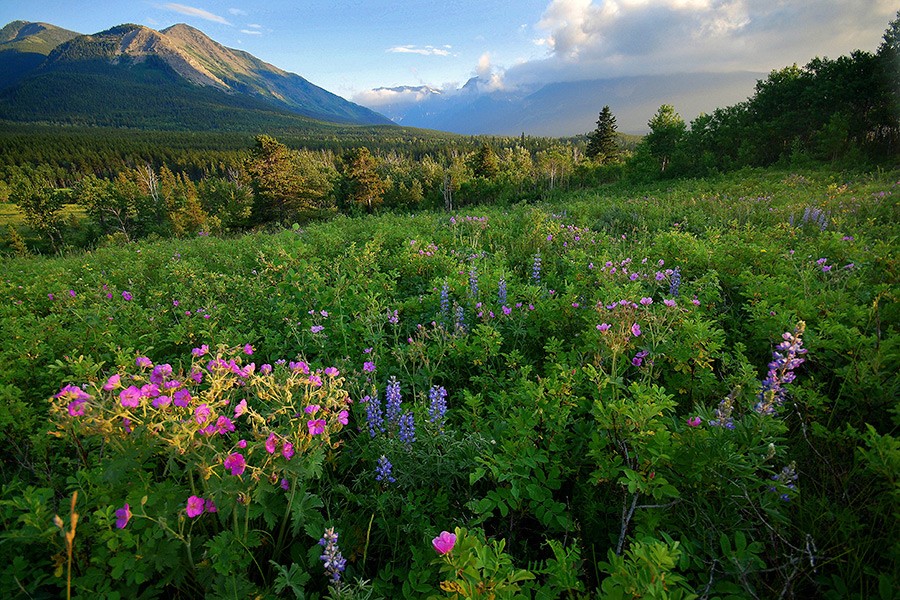This looks pretty interesting. From the press release . . .
Waterton-Glacier International Peace Park is hosting its Annual Science and History Week through a live webinar series offered October 3 to 6 at noon MDT on the Microsoft Teams webinar platform. Parks Canada and the US National Park Service have hosted an annual Science and History event together since 2004.
Participants from around the world will have the opportunity to connect with scientists and subject matter experts as they highlight current natural and cultural research related to Waterton-Glacier International Peace Park and World Heritage Site. Each presentation will give a unique look at our partnerships, insights, and latest findings.
Please join us to learn more about the exciting research initiatives in the world’s first International Peace Park. Participants can register by filling out the online registration forms on the Crown of the Continent Research Learning Center website.
This year’s presenters and topics: Continue reading Waterton-Glacier International Peace Park announces 20th annual Science and History Week
